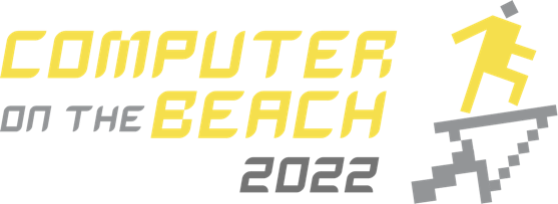Algoritmo para Alocação Ótima de Para-raios em Linhas de Transmissão Inspirado em Busca em Vizinhança Variável
DOI:
https://doi.org/10.14210/cotb.v13.p089-096Resumo
ABSTRACT
The installation of transmission line surge arresters (TLSAs) has
been one of the main solutions found to improve the performance
of overhead transmission lines (OHTLs) against atmospheric discharges.
Thus, this work proposes a methodology for the optimal
placement of TLSAs in OHTLs, which is based on the coupling
between an algorithm inspired by GVNS (General Variable Neighborhood
Search) and the ATP (Alternative Transient Program) software.
The line performance calculation is made considering the
transfer effect of the lightning surge due to arresters operation.
This transfer mechanism that can lead adjacent towers to flashover
is rarely mentioned in the literature. A study is performed considering
two transmission lines. At the end, in order to analyze the
performance of the proposed methodology, experiments are carried
out to optimize the positioning of TLSAs in the mentioned OHTLs.
To validate the developed methodology, the results obtained are
compared with the results acquired through the coupling of a GA
(Genetic Algorithm) with the ATP and with the results achieved
through a classic method for the placement of TLSAs based on the
tower-footing impedances. The results show that aspects such as
the lightning surge transfer effect and favoring the positioning of
TLSAs in the lowest phase(s) should be considered in future studies
for the design of algorithms for optimal placement of arresters on
OHTLs.

